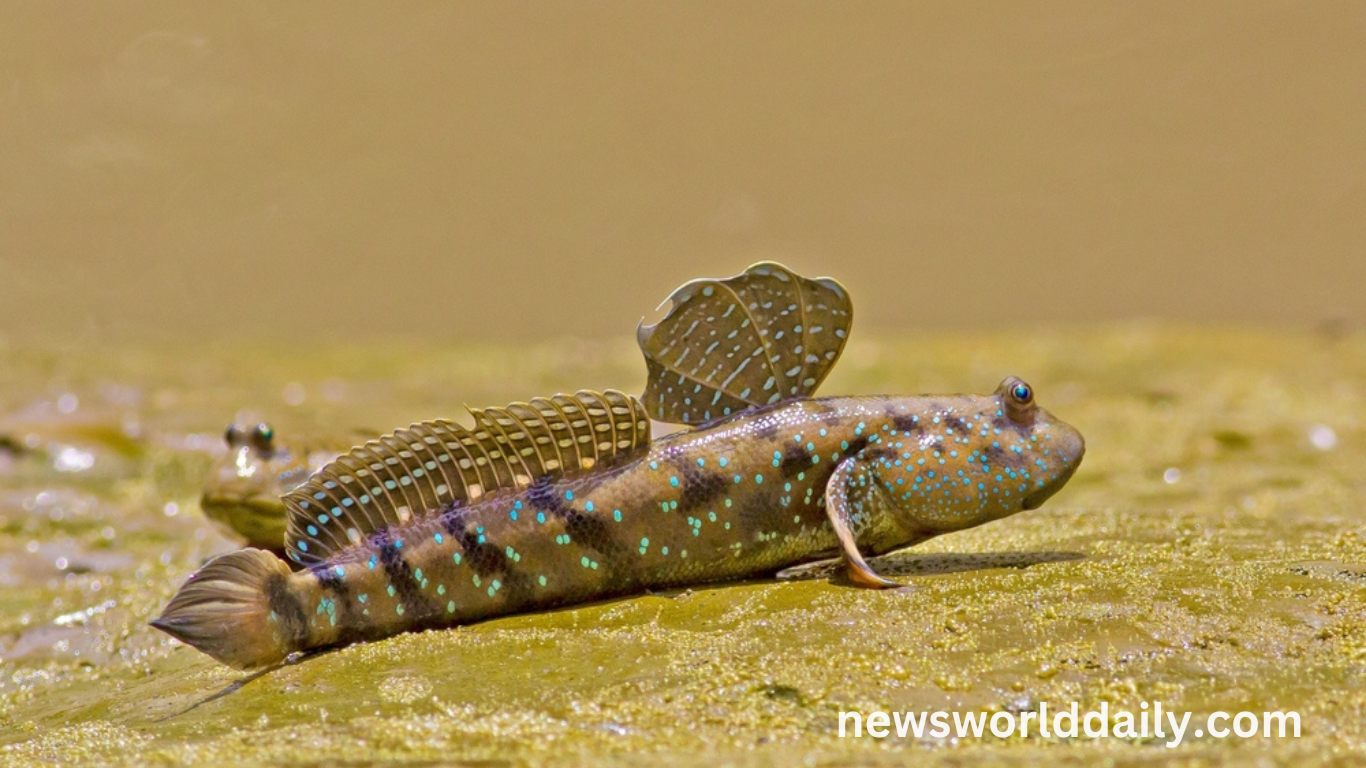Mudskippers aren’t your average fish. These remarkable creatures blur the line between aquatic and terrestrial life. Found in the brackish waters and muddy mangroves of the Indo-Pacific region, mudskippers have evolved with an exceptional set of skills that allow them to thrive both in water and on land.
Anatomy Built for the Best of Both Worlds
With bulging eyes perched on top of their heads and powerful pectoral fins functioning like limbs, mudskippers use their unique physique to navigate land-based terrain. Their fins allow them to “walk,” jump, and even climb roots and rocks, a feat uncommon among fish species. These features aren’t just cool; they’re essential for survival in harsh, fluctuating tidal zones.
Breathing Beyond the Waterline
Mudskippers breathe through their skin and the lining of their mouth and throat—a process called cutaneous respiration—as long as they stay moist. In addition to that, their gill chambers retain water, acting like a portable breathing device. This amphibious breathing ability enables them to explore land during low tide in search of food or mates.
A Day in the Life of a Mudskipper
From sunbathing on mudflats to hunting small insects and crustaceans, mudskippers live a surprisingly dynamic lifestyle. They’re also territorial, using impressive body language such as head-bobbing, fin displays, and vertical leaps to assert dominance or attract mates. These displays reflect a complex behavior pattern rarely associated with fish.
Home is Where the Burrow Is
When danger strikes or the environment becomes too dry, mudskippers retreat into burrows dug in the soft mud. These burrows are more than just hideouts—they help regulate temperature, humidity, and even provide an oxygen pocket, offering a vital survival edge in challenging habitats.
Read More : Certain Animals Tolerate Spicy Foods Better Than Others
The Role of Mudskippers in Ecosystem Balance
Mudskippers play an essential role in their ecosystems by helping to aerate the soil and control insect populations. Their presence in mangroves is a sign of a healthy intertidal environment. As bioindicators, they signal the overall health of coastal and estuarine systems, making them important allies in conservation efforts.
A Living Link to Evolution
Scientists often study mudskippers to understand how life may have transitioned from water to land during evolutionary history. Their amphibious lifestyle offers a glimpse into how early vertebrates might have made similar adaptations millions of years ago.
Curiosity Meets Conservation
While mudskippers remain resilient, habitat destruction and pollution pose significant threats to their survival. Preserving mangrove forests and maintaining clean waterways are essential steps in protecting these one-of-a-kind creatures.
A Symbol of Adaptation and Survival
In a world full of incredible species, mudskippers stand out not just for their odd appearance or quirky behaviors, but for what they represent: the astonishing ability of life to adapt, evolve, and push the boundaries of what’s possible in the natural world.
Frequently Asked Questions
What is a mudskipper?
A mudskipper is an amphibious fish that can live and move on both land and in water.
Where are mudskippers found?
They are commonly found in mangroves, estuaries, and mudflats across the Indo-Pacific region.
Can mudskippers really walk on land?
Yes, they use their strong pectoral fins to “walk,” jump, and even climb while on land.
How do mudskippers breathe outside water?
Mudskippers breathe through their skin and the lining of their mouth and throat, provided they stay moist.
What do mudskippers eat?
They feed on small insects, crustaceans, algae, and detritus found in muddy and shallow waters.
Are mudskippers aggressive?
Yes, especially males. They are territorial and perform displays like jumping or flaring fins to defend their space.
Why are mudskippers important to the ecosystem?
They aerate the soil and help control insect populations, supporting a balanced mangrove ecosystem.
Are mudskippers endangered?
While not currently endangered, they face threats from habitat loss, pollution, and climate change.
Conclusion
Mudskippers are extraordinary fish that challenge our understanding of aquatic life. Their ability to move on land, breathe air, and thrive in tidal zones makes them a true marvel of adaptation. As both a biological curiosity and a vital part of coastal ecosystems, mudskippers deserve attention and protection. Preserving their habitats ensures these unique creatures continue to inspire awe and contribute to the natural balance of their environments.









